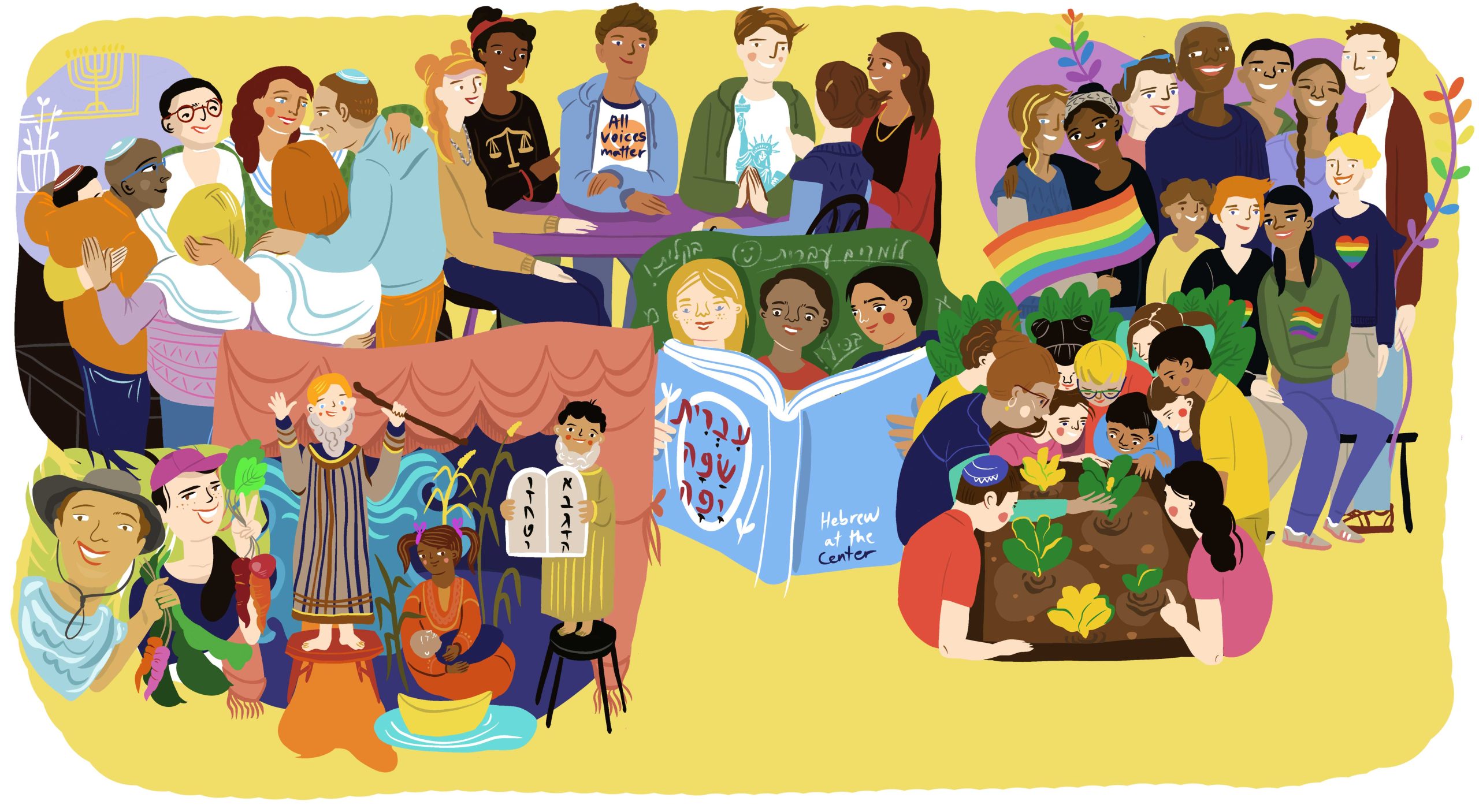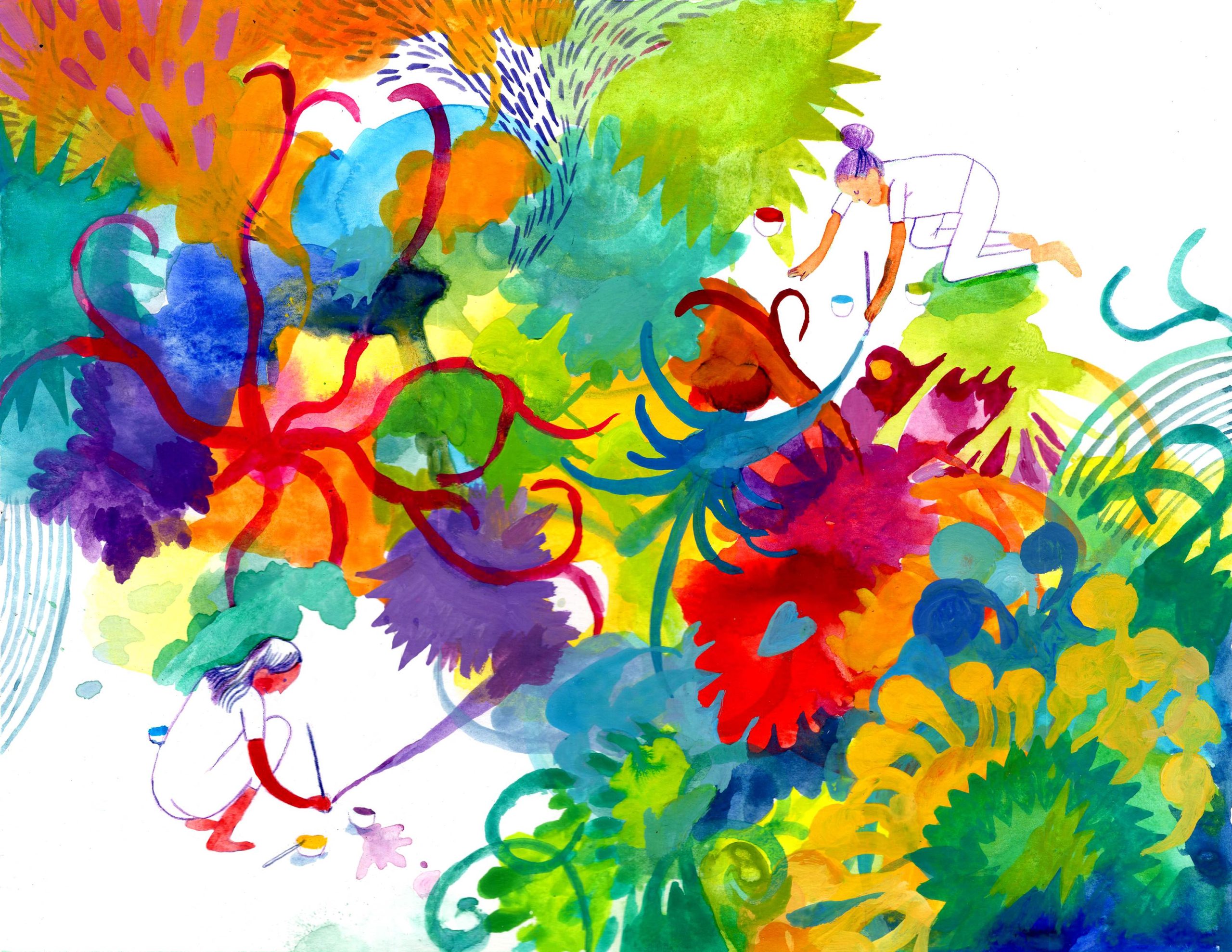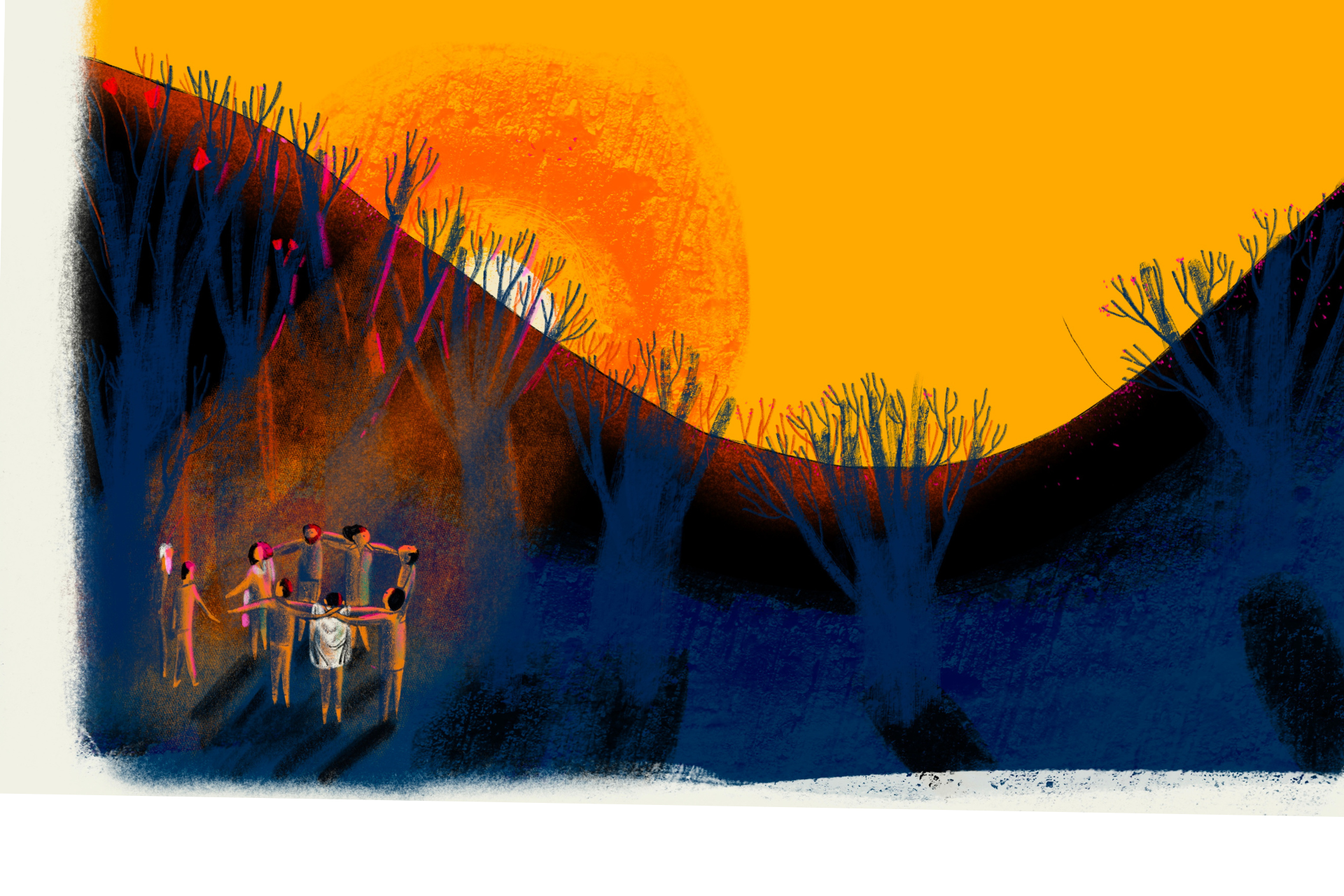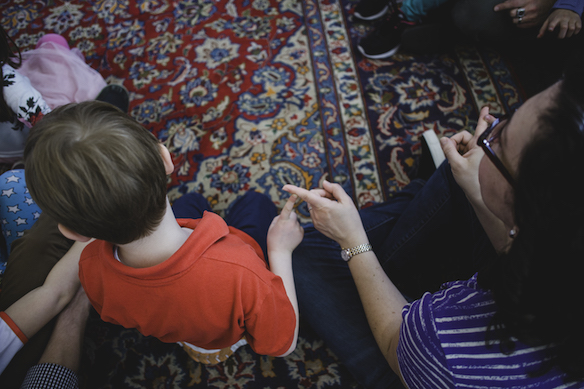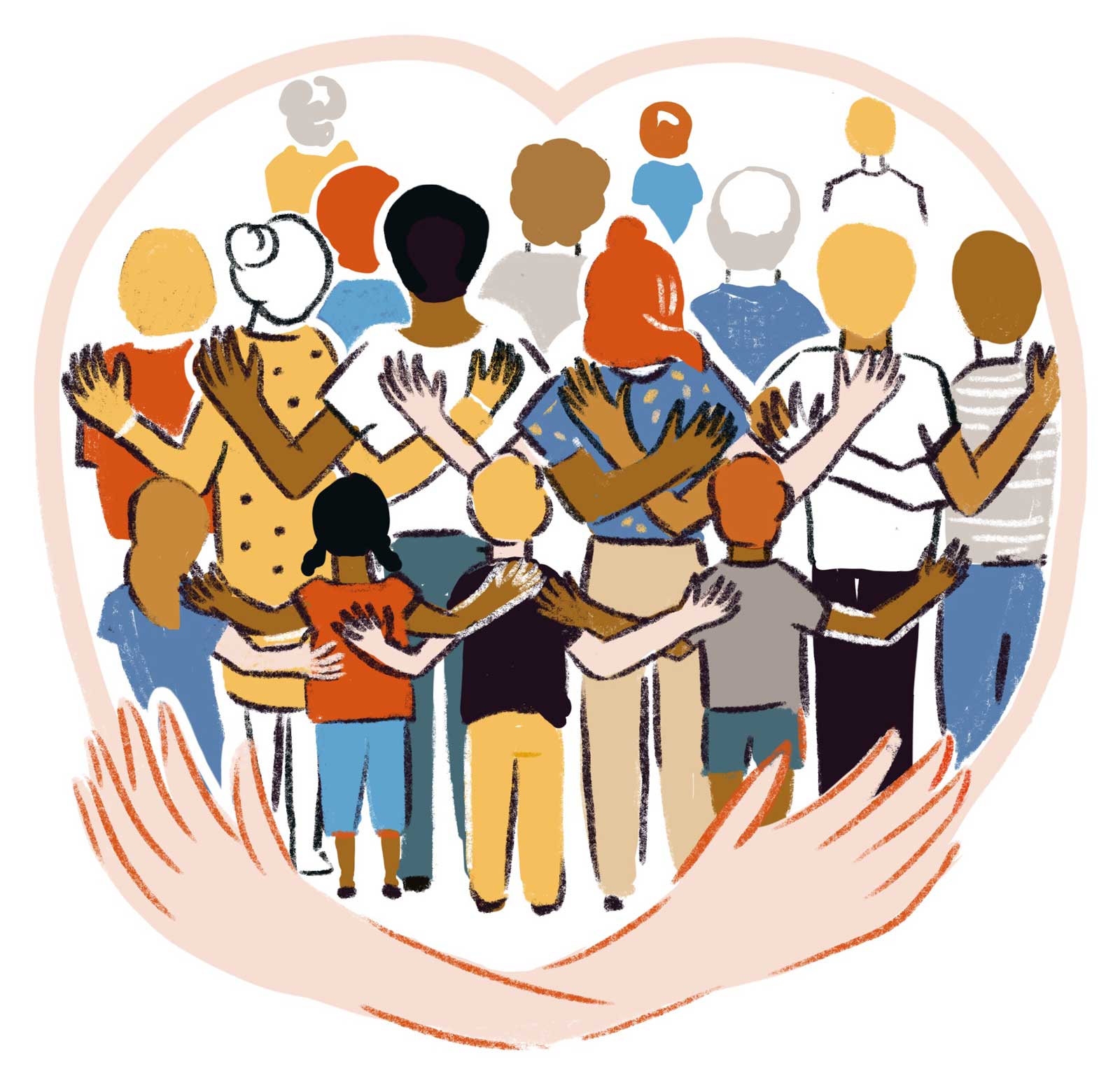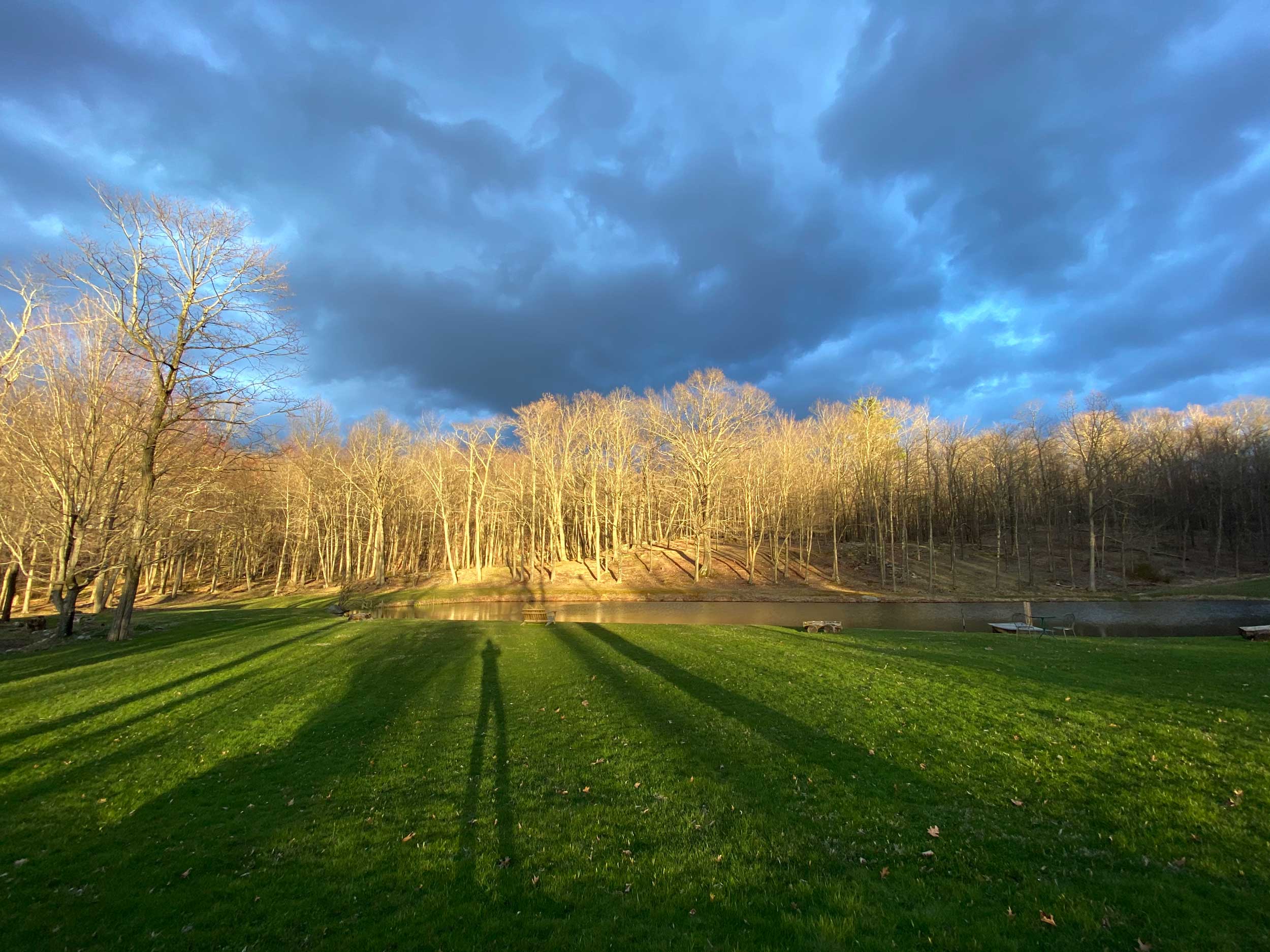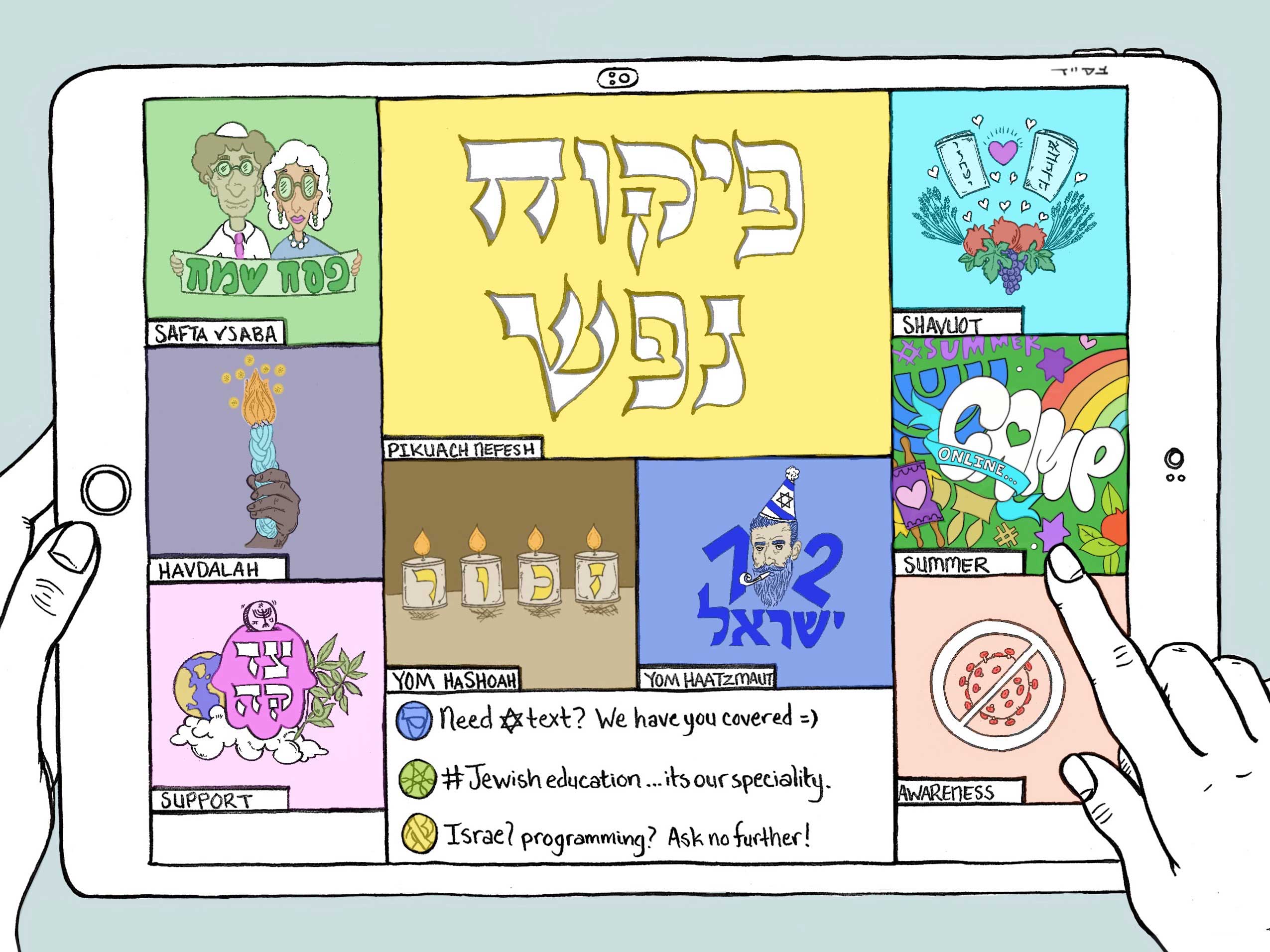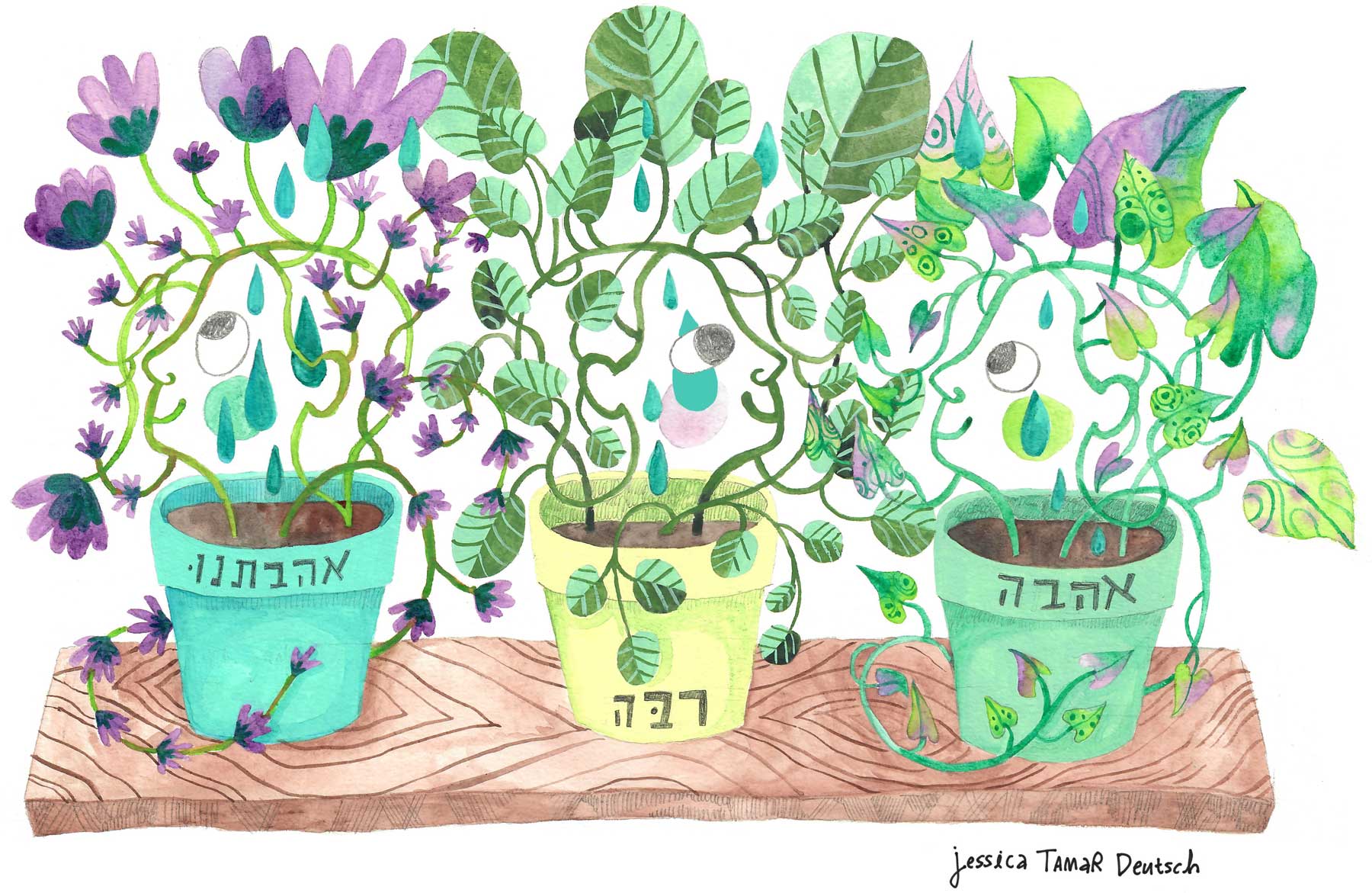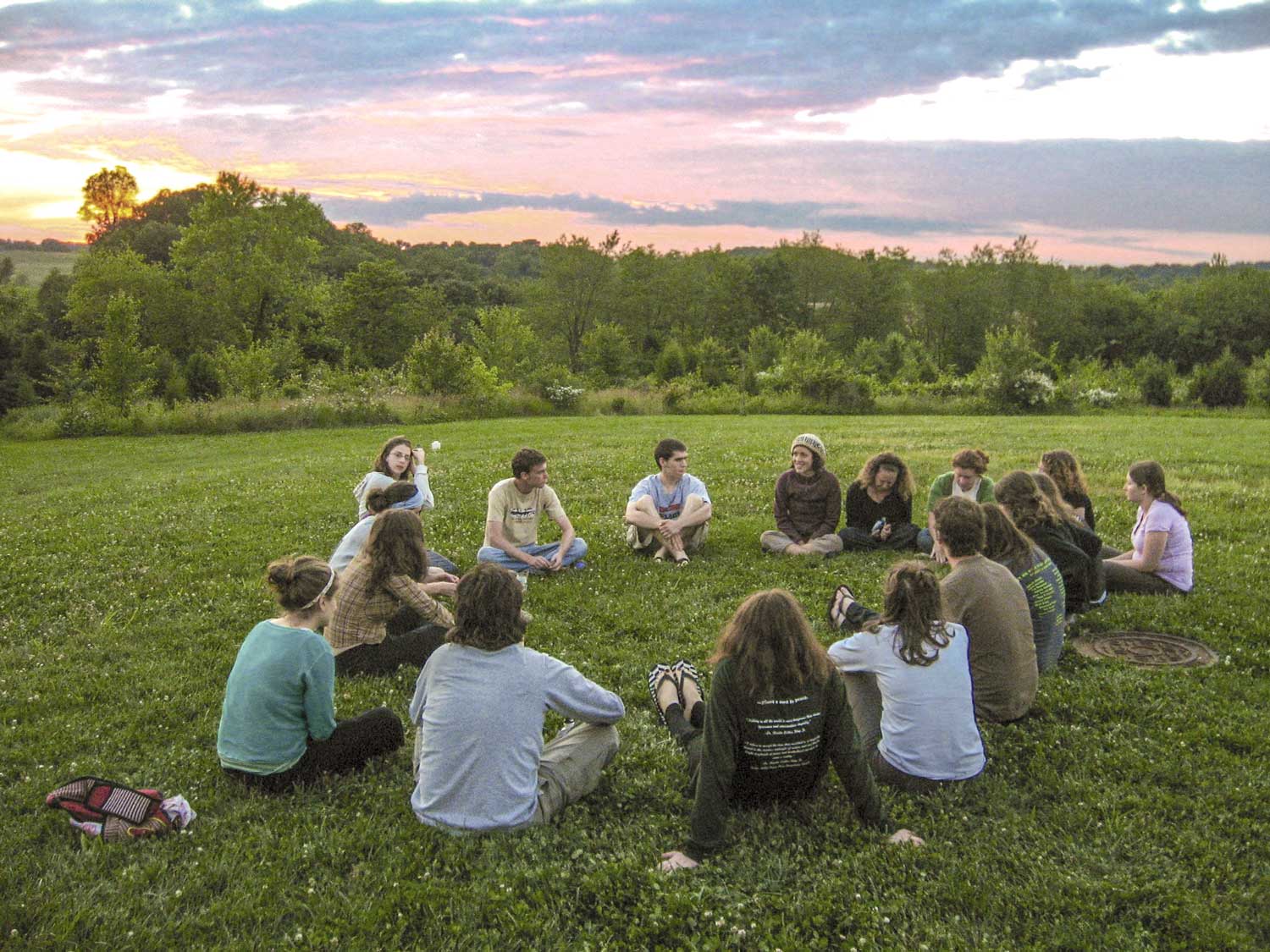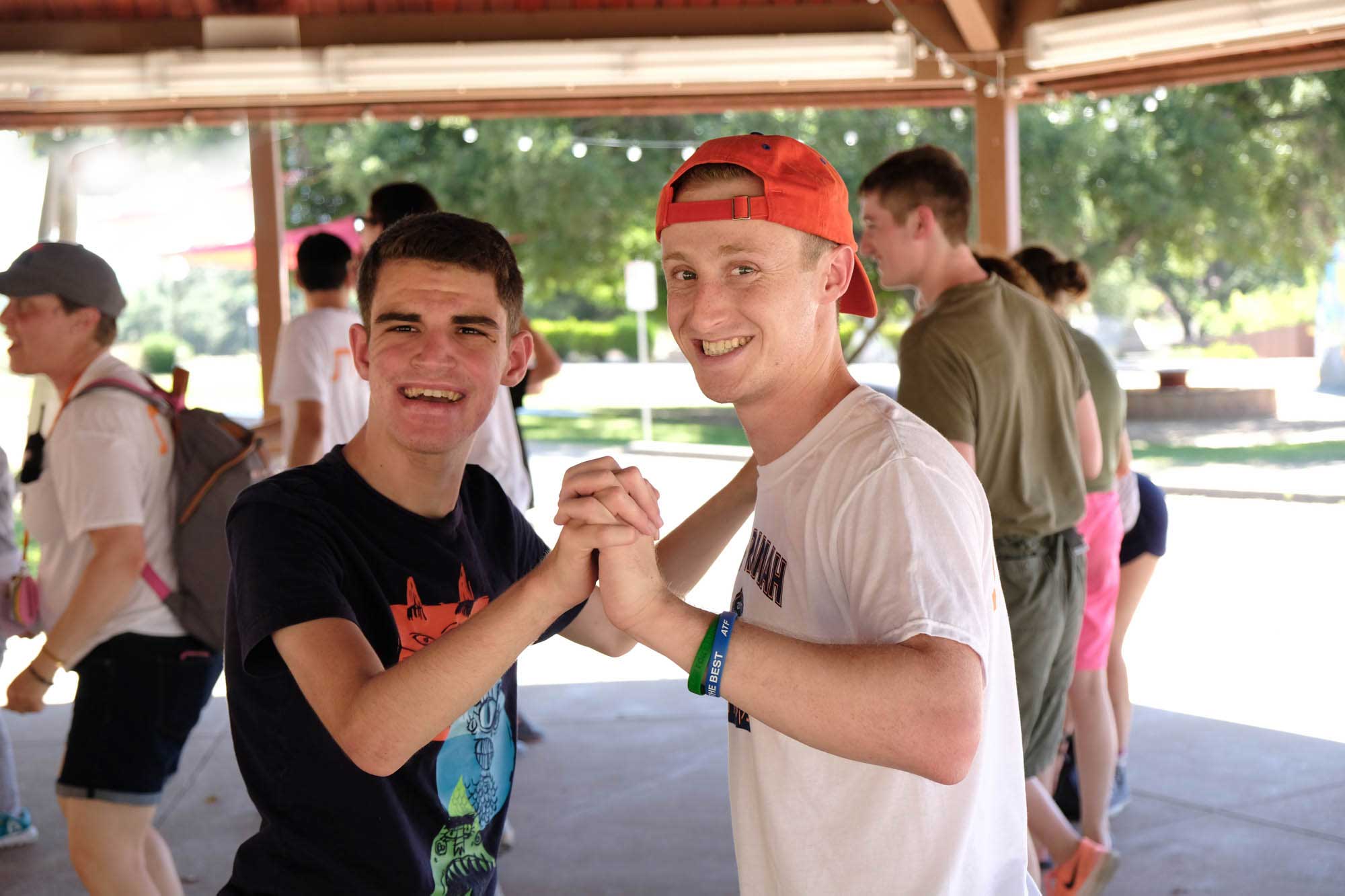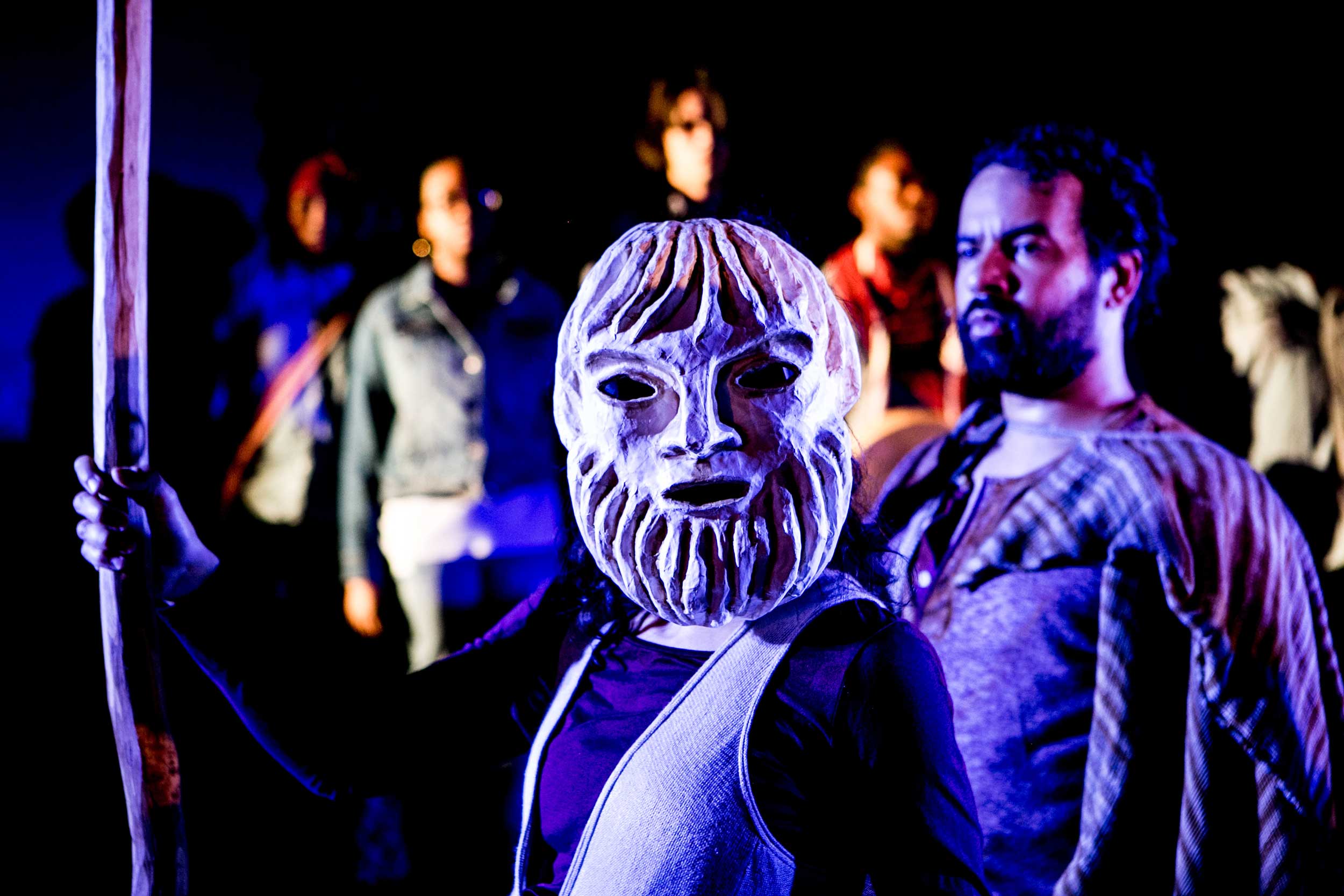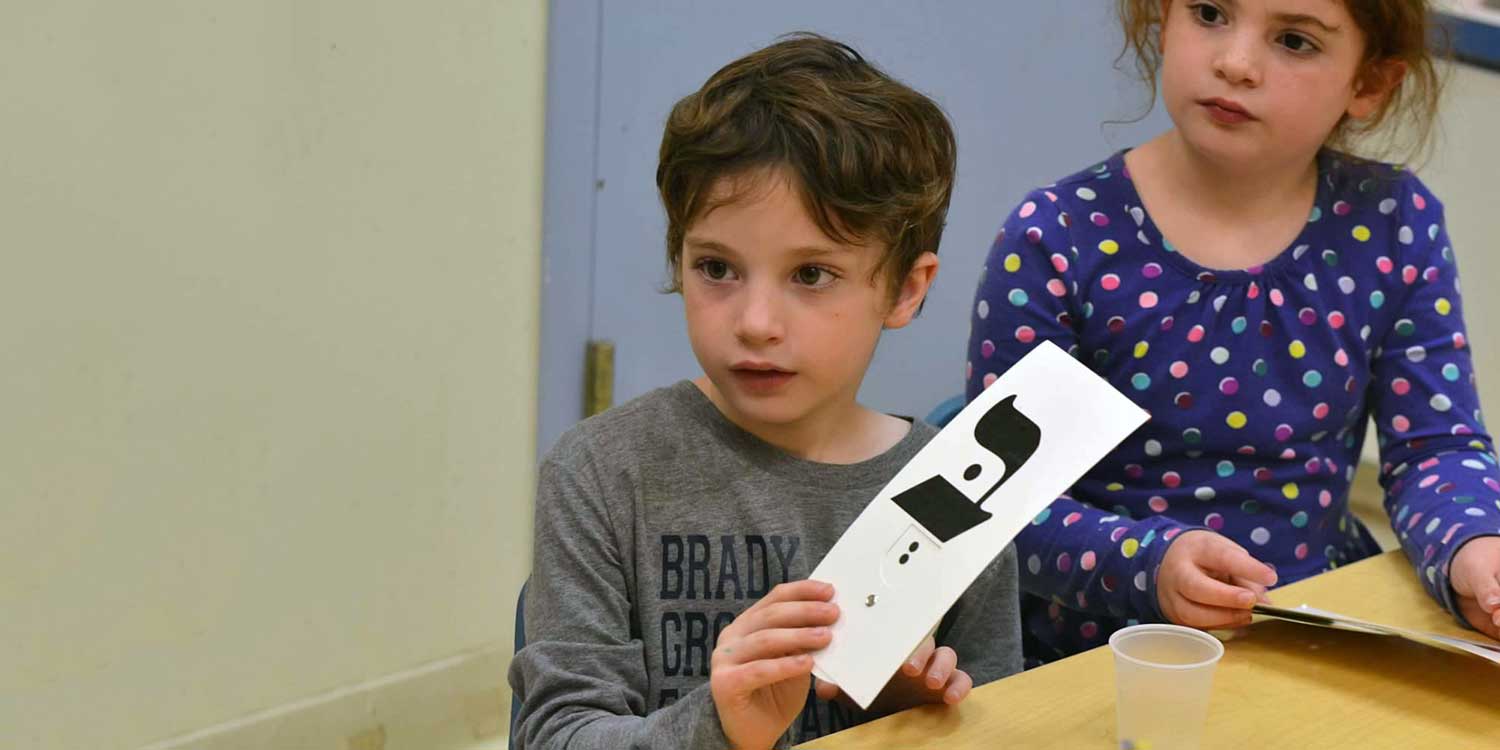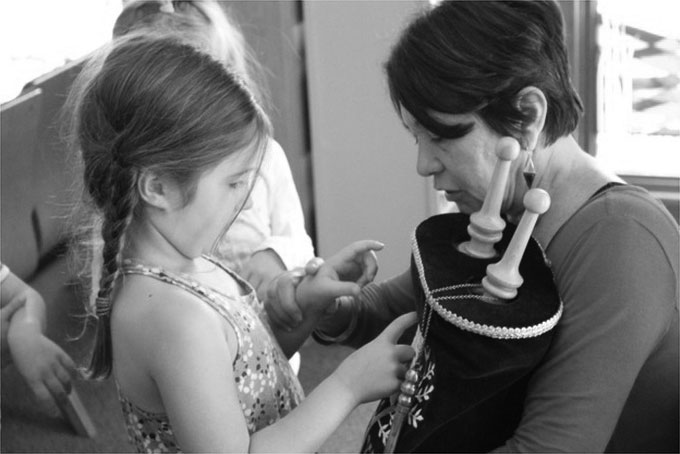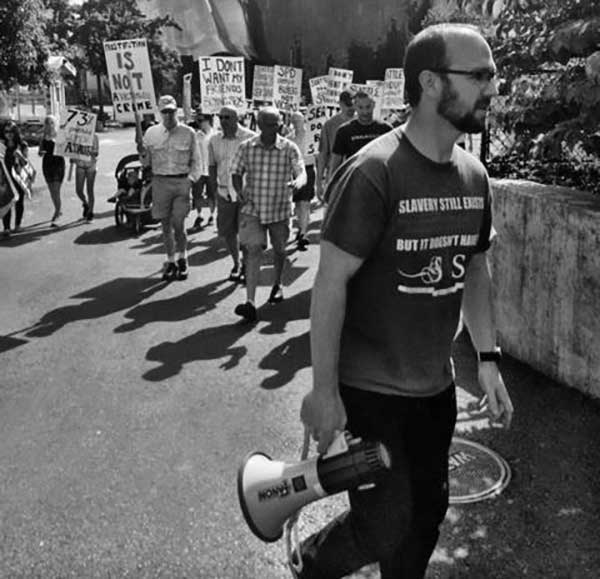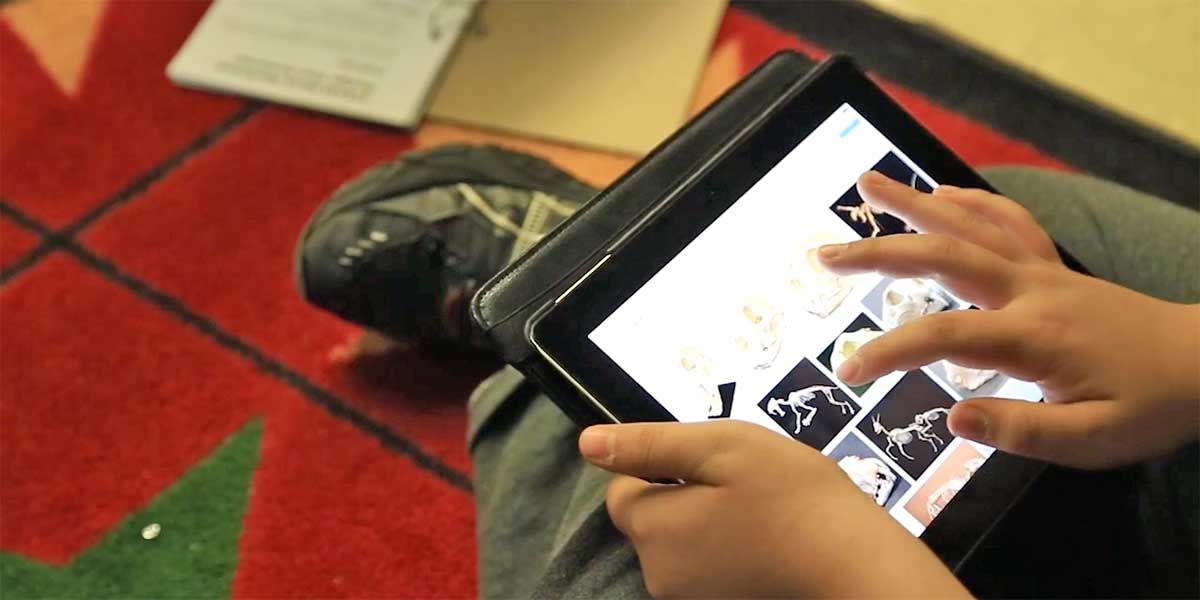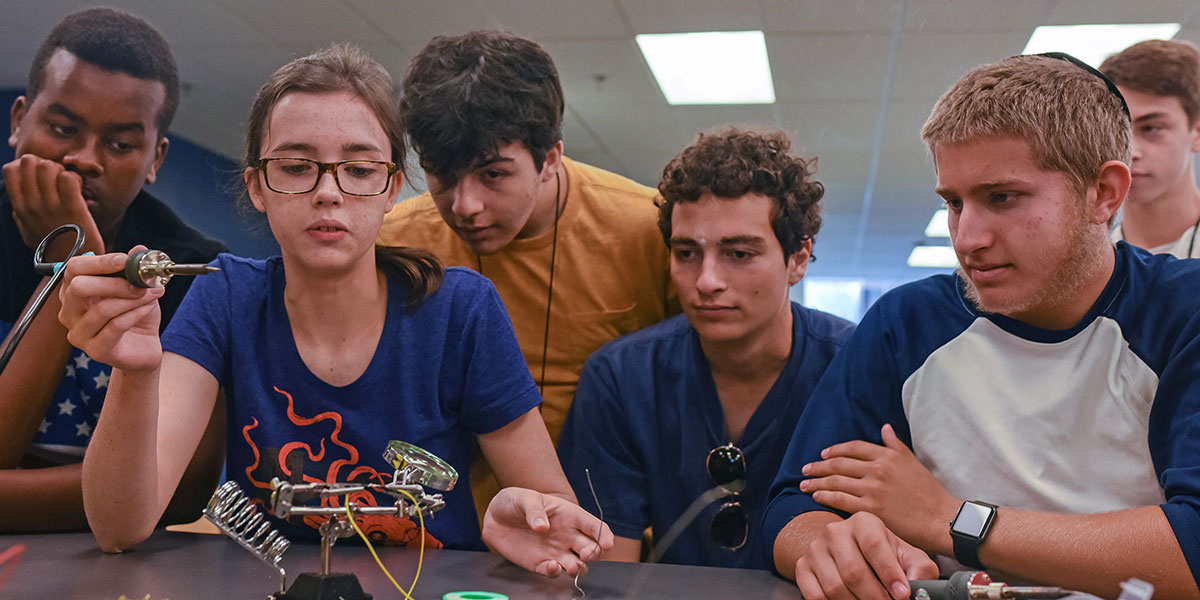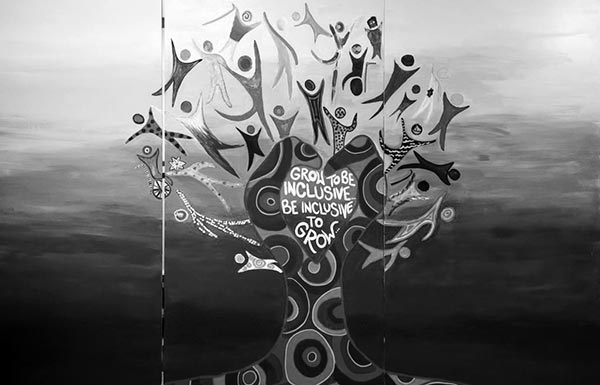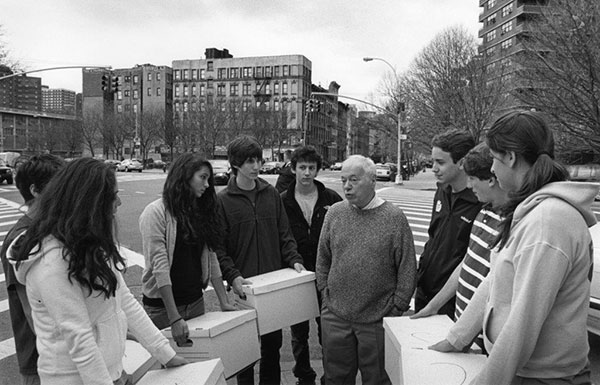
ARTICLE Infusing Genuine Community into the Mayim Learning Program
Mayim, the elementary learning program at Temple Beth Shalom in Needham, MA, welcomes the majority of its students once a week for two or three hours. But despite the limited contact time, Mayim programming empowers students to build deep relationships, engage in deep learning, and foster Jewish communal connectedness.
“We really see Mayim as part of the congregational community,” said Rachel Happel, Senior Director of Learning and Engagement. “Rather than thinking of it as a separate school or a program, Mayim is the way children learn within the context of their broader community.”
The significance of community is infused at every level in Mayim, including educators’ practices of greeting each student by name when they arrive; establishing a sense of belonging through a family photo wall and dedicated places for personal items; and engaging in kibbud (communal snack), mifgash (a Jewish twist on the Responsive Classroom learning approach popular in local public schools), hafsakah (unstructured, self-directed play), and t’filah (prayer—which parents are always welcome to join).
Guiding Mayim’s learners to become contributors to their community includes centering the congregation as the “audience” for student projects. One year, students created outdoor murals to transform their playground into a wisdom garden, engaging with Jewish themes from Pirkei Avot—“being for myself,” “being for others,” and “acting now”—to express the ways in which they take care of each other and share ideas with the larger community.
Another culminating project asked students to contemplate what it would mean to help their community engage with Torah. In what ways could the students become Torah experts, and how could they share their insights with their congregation?
“Our two core values are depth of relationship and depth of learning, and these are inextricable,” Happel explained. “In order to go deep, the kids have to be ready and interested. The goal is to tie into their own growth and development.”

Mayim takes into account students’ ages and developmental stages, and considers how to build on the particular skills that students are developing in their public-school classrooms. Third graders in the Mayim program, for example, take on “The Wisdom of Our Ancestors,” a theme that is grounded in Pirkei Avot. They start the year by considering the very definition of wisdom and the ways in which it is passed from generation to generation. The students are prompted to realize that they themselves are the ones who will now receive the wisdom of our shared Jewish ancestors. It is up to them to decide how to hold and uphold these teachings. Among the goals of “The Wisdom of Our Ancestors” is to speak to third-grade-appropriate challenges.
“Around the age of eight is when kids get really interested in the concept of fairness. It’s when friends start to get exclusive, or when kids might feel uncomfortable about who they are in a group. The Jewish wisdom ties into social-emotional skills that the kids need and develop. At the same time, it really hits home for them that they are Jewish wherever they go,” said Happel.
Rather than being an isolated after-school experience, Mayim becomes an integral and uniquely Jewish part of students’ lives. The Mayim Tamid spin-off—a multi-day program that offers not only after-school care, but also Jewish learning and community-building—and other initiatives are designed to meet the real needs of families. When these needs changed with the onset of COVID-19, Mayim adapted. It introduced an online and subscription box program for remote learning; expanded Mayim Tamid to provide a rich learning center for children (and help with childcare); and created Mayim Outdoors, which continues to evolve. With space rented from a local summer camp, Mayim was able to bring its Jewish curriculum outdoors for September, October, May, and June—with animal habitats as shelters of peace, outdoor play as community-building, and t’filah in an outdoor amphitheater.
Mayim regularly flexes its creativity and adaptability to meaningfully welcome diverse learners as well. Mayim’s Director of K-12 Learning and Inclusion, Sara Berk, strives to help all students in the program successfully access Jewish learning. This entails forming relationships with families to determine particular learning needs and goals. It also includes coordinating with Mayim’s educators, whose status as full-time educators allows them to undertake important planning and professional development activities.
In the Mayim program, educators strive not only to welcome all learners, but also to represent the diversity of Jewish experience and community. Books and materials used in this program represent a range of family configurations, including interfaith or multiracial families, and families with LGBTQ parents or children. Mayim educators have also opted to use nonbinary Hebrew words to practice inclusion: The group of high school students who assist the young learners are madrichimot.
“Listen to what families really need and find ways to connect to that, Jewishly. The world of Jewish learning and tradition is so vast; there’s no way you could cover it all. You have to make choices, and you can do that in ways that are responsive to the community’s needs and relevant to families’ lives,” Happel said.
By Miriam R. Haier, for The Covenant Foundation
More to Consider
- “These Jewish schools are getting it right” (Brandeis Now)
- “This Isn’t Your Parents’ Hebrew School” (Jewish Boston)
- “Multi-aged, Project-Based, Experiential Learning: Mayim” (The Jewish Education Project)
- Webinar in which Mayim is presented as part of a series on Thriving in Jewish Education
- Chapter on Mayim Tamid (Portraits of Jewish Learning)

